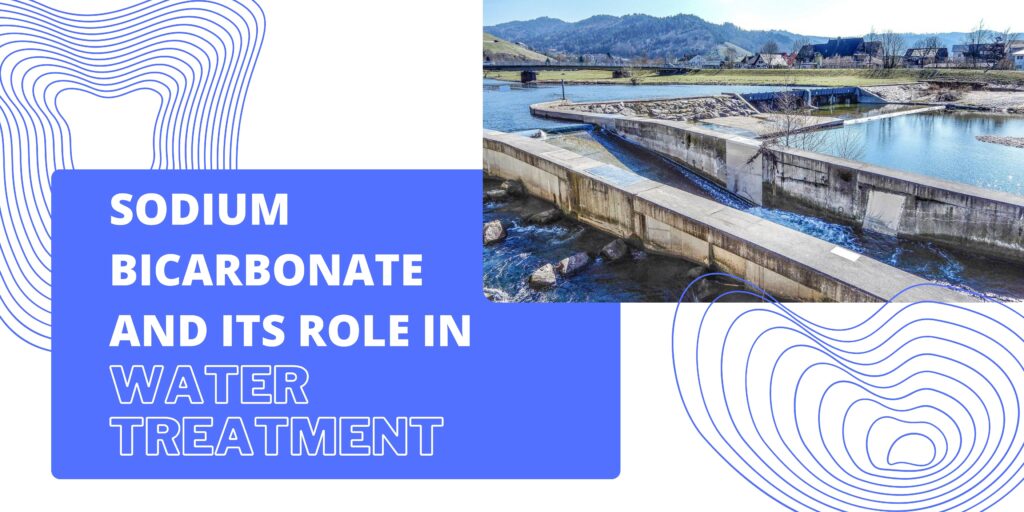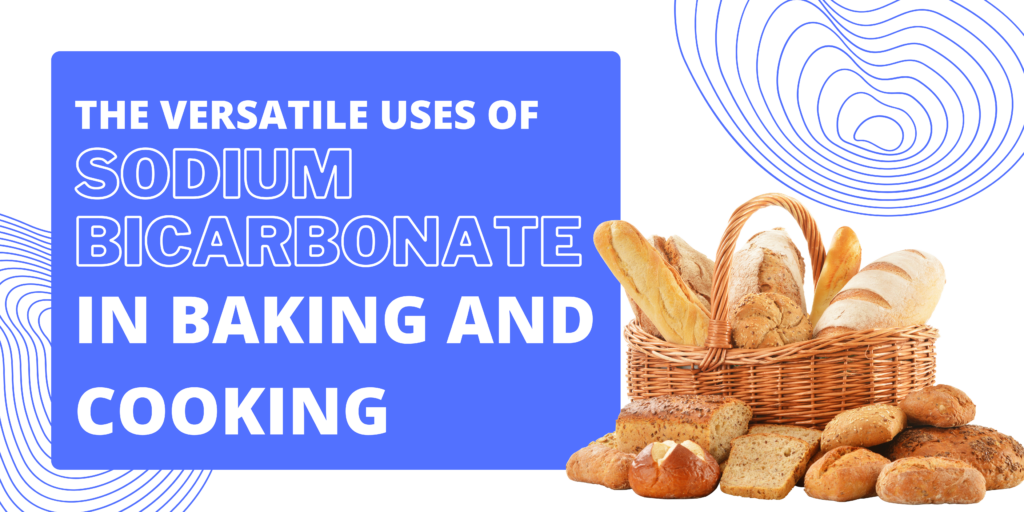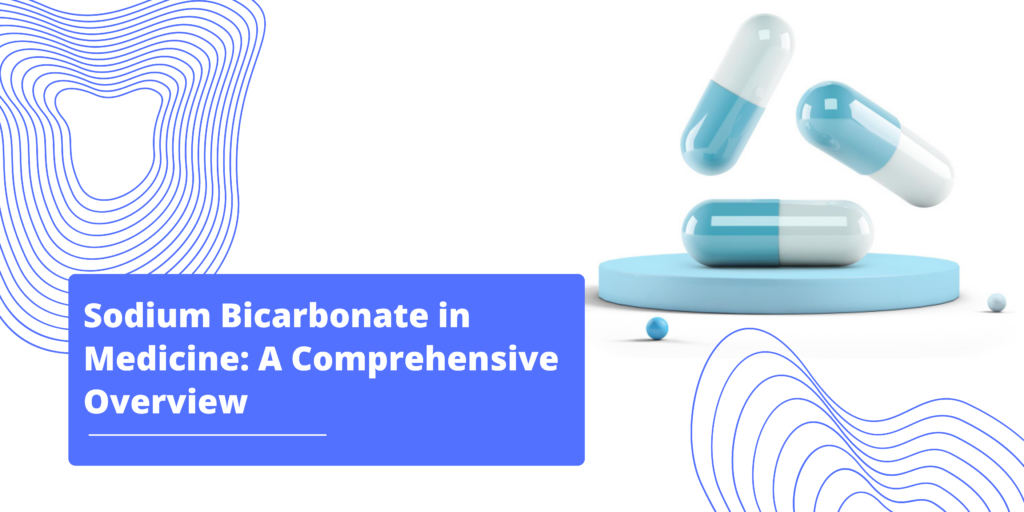
Water, the elixir of life, is a precious resource that demands effective treatment to meet the ever-growing global demand. Amidst the myriad of water treatment methods, sodium bicarbonate has emerged as a versatile and eco-friendly solution for improving water quality. In this article, we delve into the multifaceted role of sodium bicarbonate in water treatment processes.
1. pH Regulation
Water pH levels have a significant impact on the success of water treatment processes. Natural water sources can exhibit variations in acidity due to the presence of dissolved gases, minerals, and organic matter. Sodium bicarbonate, a weak alkaline compound, plays a crucial role in maintaining and stabilizing the pH of water. By acting as a buffer, it resists changes in pH, ensuring that subsequent treatment steps operate in an optimal environment. This regulation is vital for the effective action of coagulants, flocculants, and disinfectants employed in water treatment plants.
2. Alkalinity Adjustment
Alkalinity is a key parameter in water quality, influencing the water’s ability to resist changes in pH. Sodium bicarbonate contributes to the alkalinity of water, acting as a buffer against acidic substances. This adjustment is particularly important in areas where the raw water source is naturally acidic. By neutralizing acidity, sodium bicarbonate prevents corrosion in water distribution systems and maintains the integrity of pipes and infrastructure, reducing the need for frequent repairs and replacements.
3. Softening Hard Water
Hard water, characterized by high concentrations of calcium and magnesium ions, can lead to scale formation in pipes, water heaters, and other appliances. Sodium bicarbonate facilitates water softening by reacting with these ions to form soluble compounds that do not precipitate and cause scaling. This not only improves the efficiency and longevity of water-using appliances but also reduces energy consumption, as softened water requires less energy to heat.
4. Coagulation and Flocculation
The coagulation and flocculation processes are integral to removing impurities and particles from water. Sodium bicarbonate enhances these processes by providing the necessary alkalinity for coagulants to work effectively. The alkalinity promotes the destabilization of particles, allowing them to coalesce and form larger, easily removable masses through flocculation. This pre-treatment step is essential for the subsequent stages of filtration and disinfection, ensuring the production of high-quality potable water.
5. Corrosion Control
Corrosion is a pervasive issue in water distribution systems, leading to infrastructure degradation and water quality deterioration. Sodium bicarbonate’s alkalinity helps create a protective film on metal surfaces, inhibiting the corrosion process. This protective layer prevents the leaching of metals into the water, ensuring that the delivered water is not only free from visible impurities but also safe for human consumption. Effective corrosion control extends the lifespan of pipes and equipment, reducing maintenance costs and minimizing the environmental impact of constant repairs.
6. Disinfection
While sodium bicarbonate itself is not a disinfectant, its impact on water pH significantly influences the effectiveness of common disinfectants such as chlorine. By optimizing pH levels, sodium bicarbonate ensures that chlorine remains in its most potent form, facilitating the destruction of pathogenic microorganisms. This collaborative action contributes to the production of water that meets stringent health standards, protecting communities from waterborne diseases and ensuring the safety of drinking water.
7. Odor and Taste Improvement
In addition to its role in pH regulation, sodium bicarbonate is known for its ability to neutralize unpleasant odors and tastes in water. This is particularly relevant in areas where the raw water source contains naturally occurring compounds that impart undesirable flavors or smells. Sodium bicarbonate’s capacity to react with and neutralize these compounds enhances the overall palatability of treated water, promoting better acceptance and consumption by the community. This improvement in taste and odor contributes to the overall satisfaction of water consumers.
Green Alternative
In the pursuit of sustainable water treatment practices, the environmental impact of treatment chemicals cannot be overlooked. Sodium bicarbonate stands out as a green alternative due to its minimal environmental footprint. Unlike some traditional water treatment chemicals, sodium bicarbonate poses no significant risks to aquatic ecosystems and does not contribute to long-term environmental degradation. Its use aligns with the growing emphasis on sustainable practices in water treatment, making it an environmentally friendly choice for communities seeking to balance effective water treatment with environmental responsibility. By incorporating sodium bicarbonate into water treatment processes, communities can contribute to the global effort to build more sustainable and resilient water systems.
Conclusion
As water becomes an increasingly scarce and precious resource, the role of sodium bicarbonate in water treatment gains even more significance. Its versatility in addressing pH imbalances, alkalinity adjustments, softening hard water, aiding in coagulation and flocculation, corrosion control, disinfection support, and taste and odor improvement positions sodium bicarbonate as a key player in the quest for clean and safe water. By understanding and harnessing the diverse benefits of sodium bicarbonate, water treatment facilities can contribute to the provision of sustainable, high-quality water for communities around the world.




